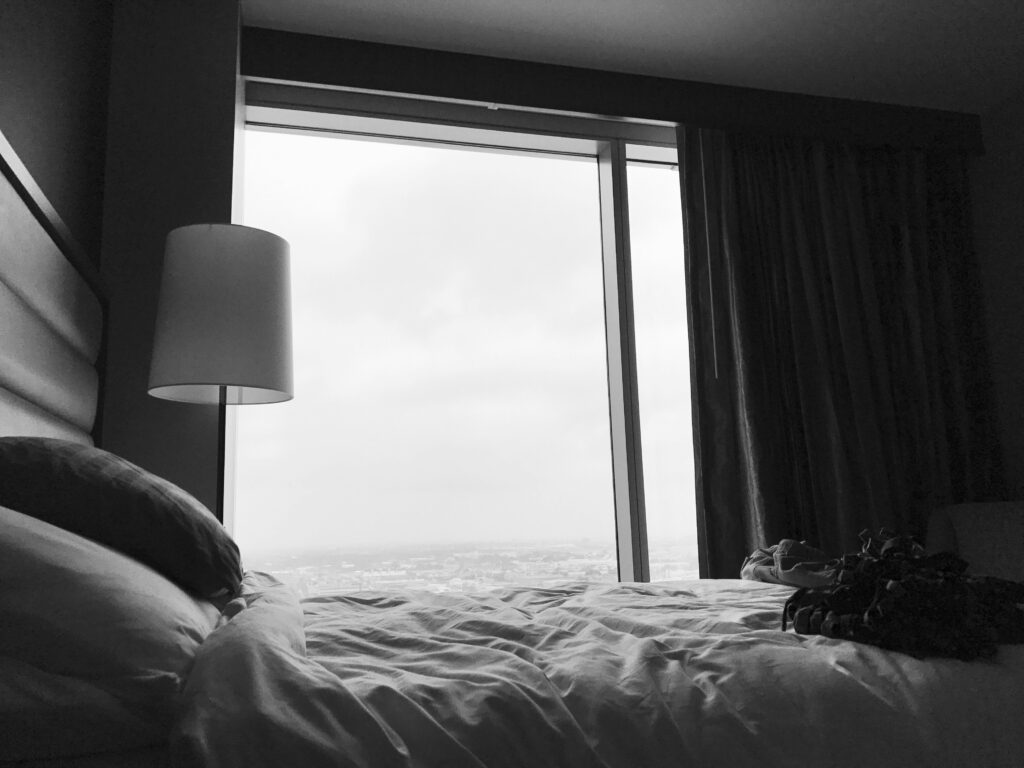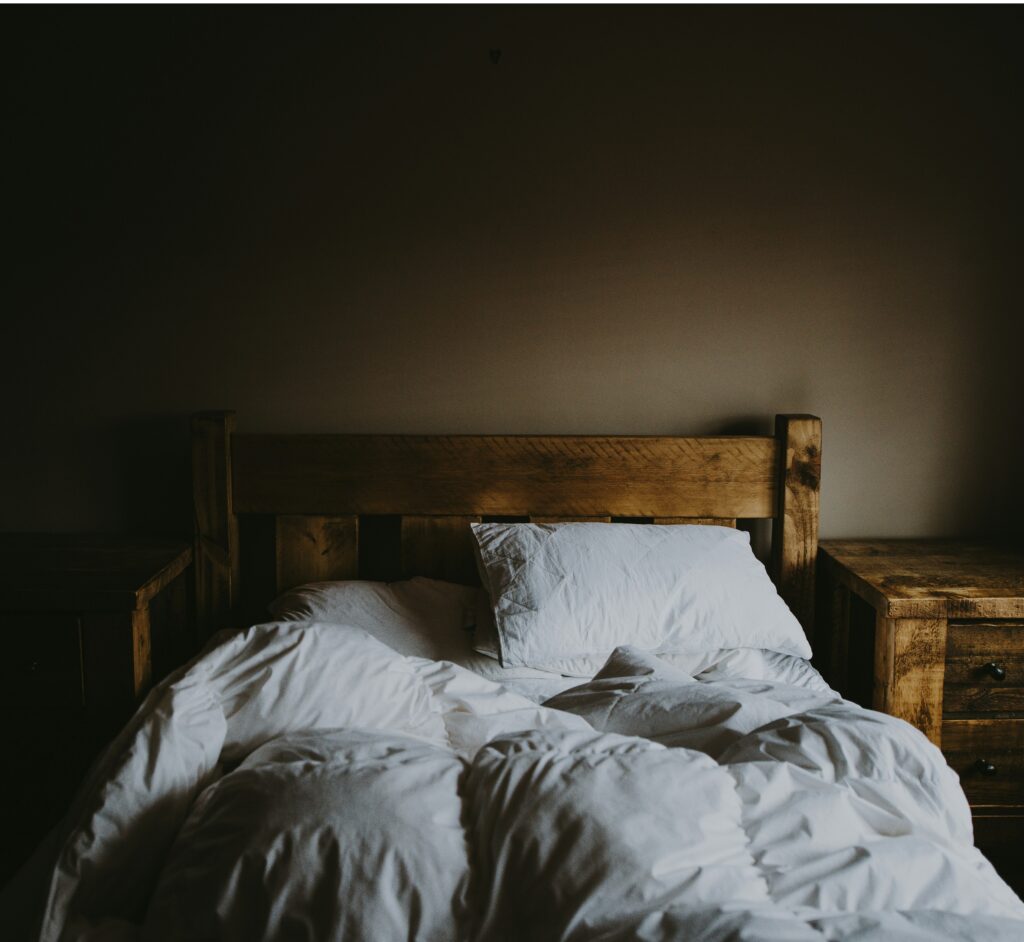If you’ve ever been curious about the perfect fit for a murphy bed in your space, look no further! This article provides you with all the essential details regarding the measurements of a murphy bed. Whether you have a compact studio apartment or a spacious guest room, understanding the dimensions of a Murphy bed will help you make the right choice to maximize both functionality and style in your living space. So, let’s dive into the fascinating world of murphy bed measurements and discover the perfect fit for your needs!
What are the measurements for a Murphy bed?

Standard Sizes
Murphy beds, also known as wall beds, are a great space-saving option for any home. When it comes to choosing the right Murphy bed, one of the most important factors to consider is the measurements. Standard Murphy beds are available in a range of sizes to fit different needs and preferences. Common standard sizes include twin, full, queen, and king. It’s essential to find the size that suits your space and sleeping requirements.
Mattress Sizes
The size of the mattress is another critical consideration when determining the measurements of a Murphy bed. The mattress size can vary based on the standard size chosen, but it’s typically a few inches smaller to allow for the frame and wall clearance. For example, a queen-sized Murphy bed may have a mattress that is slightly smaller than a standard queen size to ensure a proper fit within the bed frame. It’s essential to check the specific dimensions of the mattress when selecting a Murphy bed.
Height
The height of a Murphy bed is an important measurement to ensure a comfortable and seamless fit in your space. Most standard Murphy beds have a similar height when closed, measuring around 84 inches or 7 feet. However, some models offer options for adjusting the height to accommodate different ceiling heights or personal preferences. It’s crucial to measure the available vertical space in the room where the Murphy bed will be installed to ensure the selected model will fit comfortably.
Width
The width of a Murphy bed can vary depending on the chosen size. For example, a twin Murphy bed typically has a width of around 39 inches, while a king-sized Murphy bed can be as wide as 76 inches. It’s essential to consider the available wall space in your room when determining the width of the Murphy bed. Additionally, keep in mind any other furniture or objects that may be in the way when the bed is in use.

Depth
The depth of a Murphy bed is another measurement to consider carefully. When the bed is in the closed position against the wall, it should be thin enough not to protrude too much into the room, allowing for a spacious and uncluttered appearance. Most Murphy beds have a depth of approximately 16 to 18 inches when closed, ensuring they fit neatly against the wall without obstructing the flow of the room.
Clearance Space
In addition to the measurements of the bed itself, it’s important to consider the clearance space required for the Murphy bed to function properly. This includes both the vertical and horizontal clearance. The vertical clearance is the distance from the ceiling to the floor, ensuring there is enough room for the bed to open and close without any obstructions. The horizontal clearance is the space needed on either side of the bed to ensure a smooth transition when opening and closing. It’s crucial to measure and provide adequate clearance space to ensure the functionality of the Murphy bed.

Room Size
When considering the measurements for a Murphy bed, it’s essential to evaluate the overall size of the room where the bed will be installed. Taking precise measurements of the room’s dimensions will help determine the appropriate size of the bed and ensure it fits comfortably without overpowering the space. It’s important to allow for ample room around the bed for easy movement and accessibility.
Vertical or Horizontal Orientation
Murphy beds are available in both vertical and horizontal orientations. The orientation you choose will impact the measurements necessary for installation. Vertical Murphy beds are the more traditional option and require sufficient vertical wall space. Horizontal Murphy beds, on the other hand, are ideal for rooms with limited height but ample width. The orientation you choose will depend on the layout and dimensions of your room.
Customization Options
Many Murphy beds offer customization options to cater to individual preferences and specific room requirements. Some manufacturers allow you to choose additional features such as built-in shelving, lighting, or integrated desks. These customizations may affect the overall measurements of the Murphy bed, so it’s important to consider these options and how they might impact your space.
Additional Considerations
While the measurements mentioned above are crucial, there are a few additional factors to consider when choosing a Murphy bed. Ensure that the bed is compatible with your existing wall structure and weight-bearing capabilities. Consulting a professional installation service can help determine the feasibility and any potential modifications needed for proper installation. Also, consider the style and design of the Murphy bed to ensure it complements the overall aesthetic of your room.
In conclusion, when selecting a Murphy bed, it’s important to consider multiple measurements, including standard sizes, mattress sizes, height, width, depth, clearance space, room size, and orientation. Customization options and additional considerations should also be evaluated to ensure the bed fits seamlessly into your space while maximizing functionality and aesthetics. Taking precise measurements and consulting with professionals can help ensure the perfect fit for your Murphy bed. With careful consideration, you can transform your space and enjoy the convenience of a comfortable sleeping solution that doesn’t compromise on style or space.
